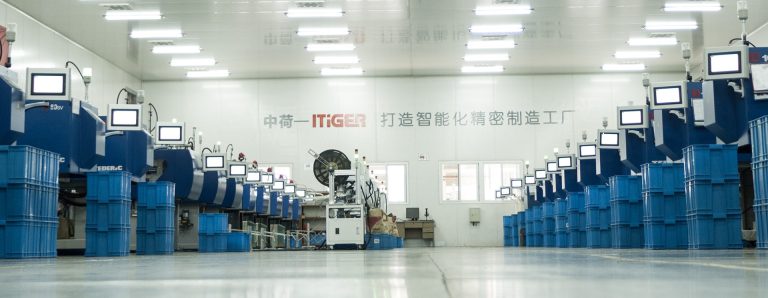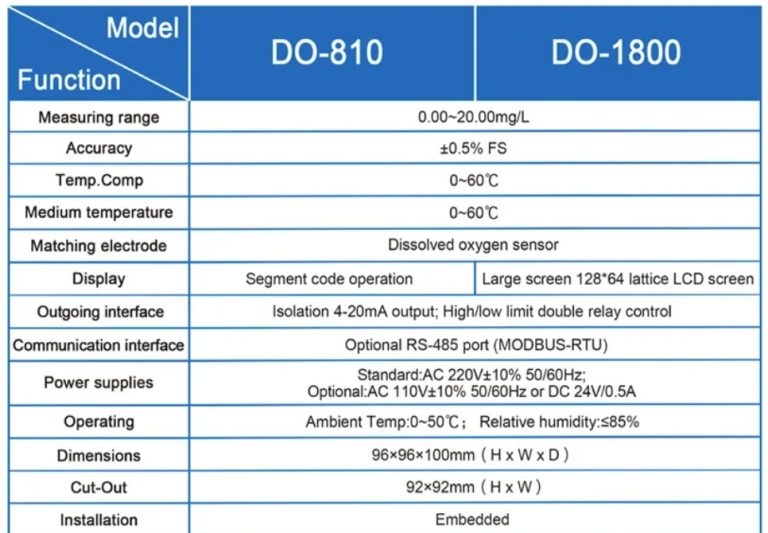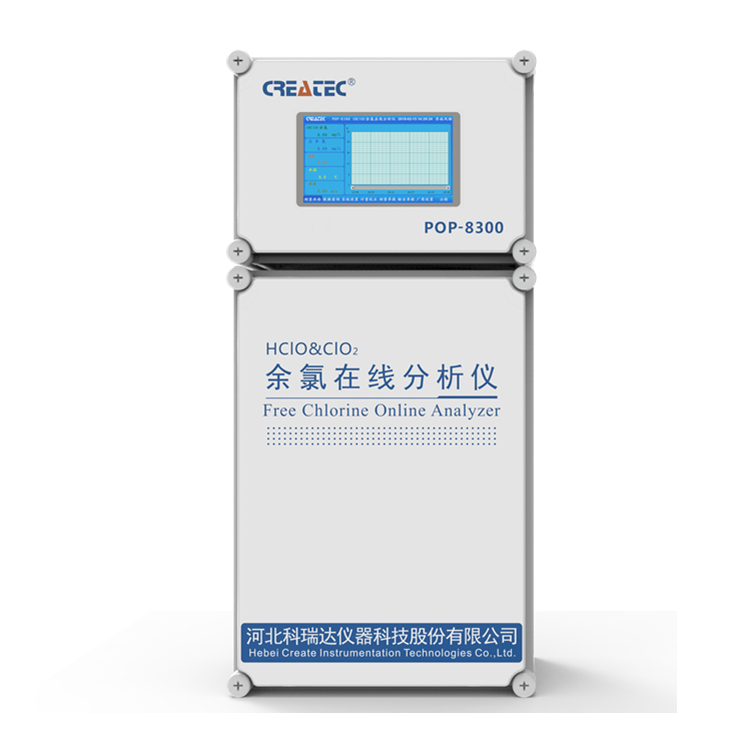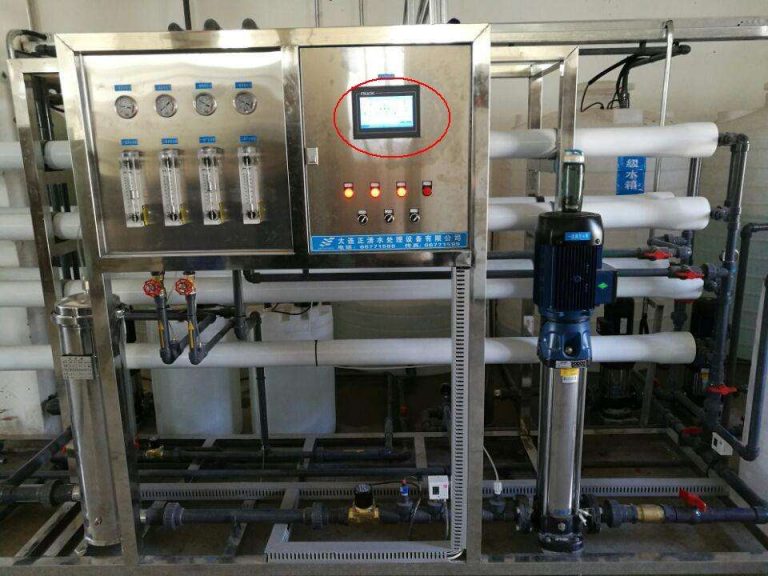“Keep your pool clean and safe with free chlorine – the key to crystal clear water.”
Table of Contents
Importance of Maintaining Proper Free Chlorine Levels in Your Pool
Maintaining proper free chlorine levels in your pool is essential for ensuring the safety and cleanliness of the water. Free chlorine is a crucial component of pool water that helps to kill bacteria, viruses, and other harmful contaminants. Without adequate levels of free chlorine, your pool water can become a breeding ground for algae and other pathogens, putting swimmers at risk of illness and infection.
Free chlorine is the form of chlorine that is available to sanitize the water in your pool. When chlorine is added to pool water, it reacts with organic matter such as sweat, urine, and bacteria to form chloramines. Chloramines are not effective at killing bacteria and can cause skin and eye irritation. Free chlorine is the chlorine that is available to kill bacteria and other contaminants in the water, making it essential for maintaining a safe and healthy swimming environment.
The ideal free chlorine level for a pool is between 1.0 and 3.0 parts per million (ppm). This range provides enough chlorine to effectively sanitize the water without causing irritation to swimmers. If the free chlorine level in your pool is too low, bacteria and algae can quickly multiply, leading to cloudy water and potential health risks. On the other hand, if the free chlorine level is too high, it can cause skin and eye irritation and damage pool equipment.
To maintain proper free chlorine levels in your pool, it is important to test the water regularly using a pool test kit. These kits are available at most pool supply stores and can provide accurate readings of the free chlorine level in your pool. It is recommended to test the water at least once a week, or more frequently if the pool is heavily used or if there has been heavy rainfall.
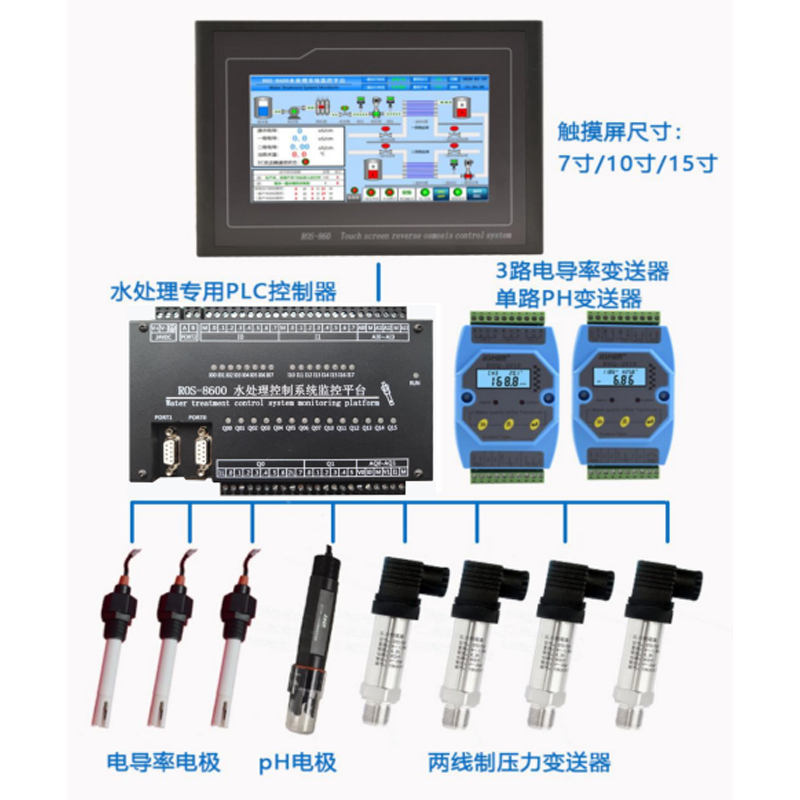
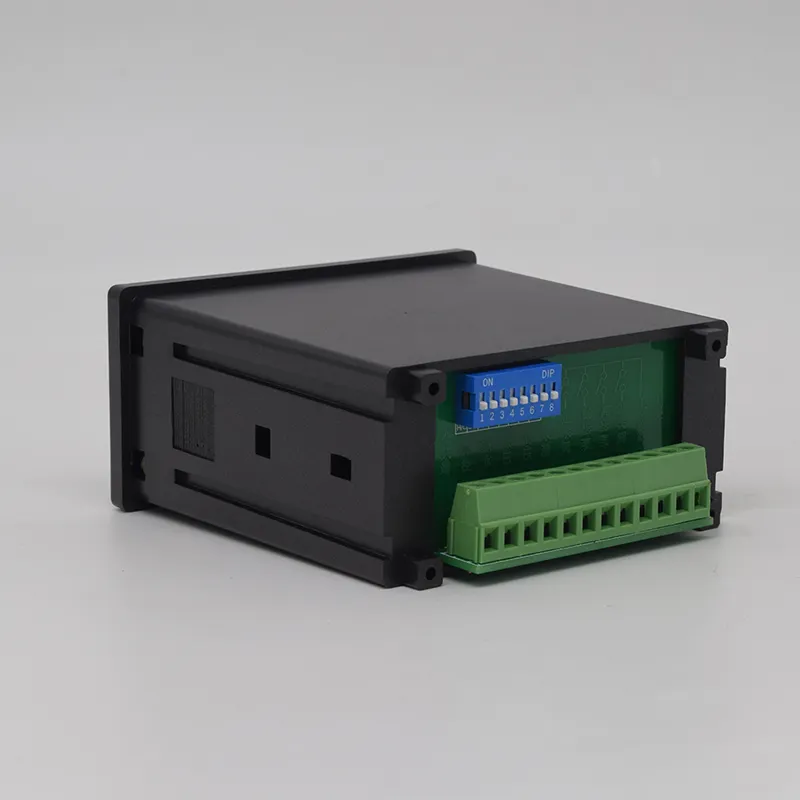
If the free chlorine level in your pool is too low, you can add chlorine to the water to bring it back up to the proper range. There are several different types of chlorine available for pool use, including liquid chlorine, chlorine tablets, and granular chlorine. It is important to follow the manufacturer’s instructions for the type of chlorine you are using to ensure that you add the correct amount to the water.
In addition to maintaining proper free chlorine levels, it is also important to regularly shock the pool to remove built-up contaminants and chloramines. Shocking the pool involves adding a large dose of chlorine to the water to kill off bacteria and algae. This should be done on a regular basis, especially after heavy use or if the water has become cloudy or green.
In conclusion, maintaining proper free chlorine levels in your pool is essential for ensuring the safety and cleanliness of the water. By testing the water regularly, adding chlorine as needed, and shocking the pool when necessary, you can create a safe and enjoyable swimming environment for you and your family. Remember, a little bit of maintenance goes a long way in keeping your pool water clean and clear.
How to Test and Adjust Free Chlorine Levels in Your Pool
Maintaining proper chlorine levels in your pool is essential for keeping the water clean and safe for swimming. One of the key measurements to monitor is free chlorine, which is the amount of chlorine available to sanitize the water. Free chlorine is important because it helps kill bacteria, algae, and other contaminants that can make the water unsafe to swim in.
To test the free chlorine levels in your pool, you will need a test kit specifically designed for measuring chlorine levels. These kits typically come with test strips or liquid reagents that change color in the presence of chlorine. To use a test strip, simply dip it into the water and compare the color to the chart provided with the kit. For liquid reagents, follow the instructions on the kit to add the reagent to a water sample and observe the color change.
Once you have determined the free chlorine level in your pool, you can then adjust it as needed. The ideal range for free chlorine in a pool is typically between 1.0 and 3.0 parts per million (ppm). If the free chlorine level is too low, bacteria and algae can thrive in the water, leading to cloudy or green water and potential health risks for swimmers. On the other hand, if the free chlorine level is too high, it can irritate swimmers’ skin and eyes.
To increase the free chlorine level in your pool, you can add chlorine shock or granular chlorine. Follow the instructions on the product packaging for the correct dosage based on the size of your pool. It’s important to wait a few hours after adding chlorine before swimming to allow it to fully dissolve and distribute throughout the water.
If the free chlorine level in your pool is too high, you can lower it by adding a chlorine neutralizer or simply waiting for the chlorine to naturally dissipate over time. You can also dilute the water by adding fresh water to the pool, although this may not be practical for larger pools.
In addition to monitoring and adjusting free chlorine levels, it’s important to regularly test and balance the pH and alkalinity levels in your pool. The pH level should be between 7.2 and 7.6 to ensure that the chlorine is effective at sanitizing the water. If the pH is too high or too low, it can affect the chlorine’s ability to kill bacteria and algae.
| Product Model | DOF-6310 (DOF-6141) |
| Product Name | Dissolved oxygen data collection terminal |
| Measuring Method | Fluorescence Method |
| Measurement range | 0-20mg/L |
| Accuracy | ±0.3mg/L |
| Resolution | 0.01mg/L |
| Response time | 90s |
| Repeatibility | 5%RS |
| Temperature compensation | 0-60.0℃ Accuracy:±0.5℃ |
| Air pressure compensation | 300-1100hPa |
| Stand pressure | 0.3Mpa |
| Communication | RS485 MODBUS-RTU standard protocol |
| Power | DC(9-28)V |
| Power comsuption | <2W |
| Operational envrionment | Temperature:(0-50)℃ |
| Storage Environment | Temperature:(-10-60)℃; Humidity:≤95%RH(None condensation) |
| Installation | Submerged |
| Protection Level | IP68 |
| Weight | 1.5Kg(with 10m cable) |
| Measurement range | N,N-Diethyl-1,4-phenylenediamine (DPD) spectrophotometry | |||
| Model | CLA-7112 | CLA-7212 | CLA-7113 | CLA-7213 |
| Inlet channel | Single channel | Double channel | Single channel | Double channel |
| Measurement range | Free chlorine:(0.0-2.0)mg/L ,Calculated as Cl2; | Free chlorine:(0.5-10.0)mg/L ,Calculated as Cl2; | ||
| pH:(0-14);Temperature:(0-100)℃ | ||||
| Accuracy | Free chlorine:±10% or ±0.05mg/L(take the large value),Calculated as Cl2; | Free chlorine:±10% or±0.25mg/L(take the large value),Calculated as Cl2; | ||
| pH:±0.1pH;Temperature:±0.5℃ | ||||
| Measurement Period | ≤2.5min | |||
| Sampling interval | The interval (1~999) min can be set arbitrarily | |||
| Maintenance cycle | Recommended once a month (see maintenance chapter) | |||
| Environmental requirements | A ventilated and dry room without strong vibration;Recommended room temperature:(15~28)℃;Relative humidity:≤85%(No condensation) | |||
| Water sample flow | (200-400) mL/min | |||
| Inlet pressure | (0.1-0.3) bar | |||
| Inlet water temperature range | (0-40)℃ | |||
| Power supply | AC (100-240)V; 50/60Hz | |||
| Power | 120W | |||
| Power connection | The 3-core power cord with plug is connected to the mains socket with ground wire | |||
| Data output | RS232/RS485/(4~20)mA | |||
| Size | H*W*D:(800*400*200)mm | |||
Maintaining proper free chlorine levels in your pool is crucial for keeping the water clean and safe for swimming. By regularly testing and adjusting the chlorine levels, along with monitoring pH and alkalinity, you can ensure that your pool is a healthy and enjoyable environment for you and your family to swim in. Remember to follow the manufacturer’s instructions for any pool chemicals you use and consult a professional if you’re unsure about how to properly maintain your pool’s water chemistry.

